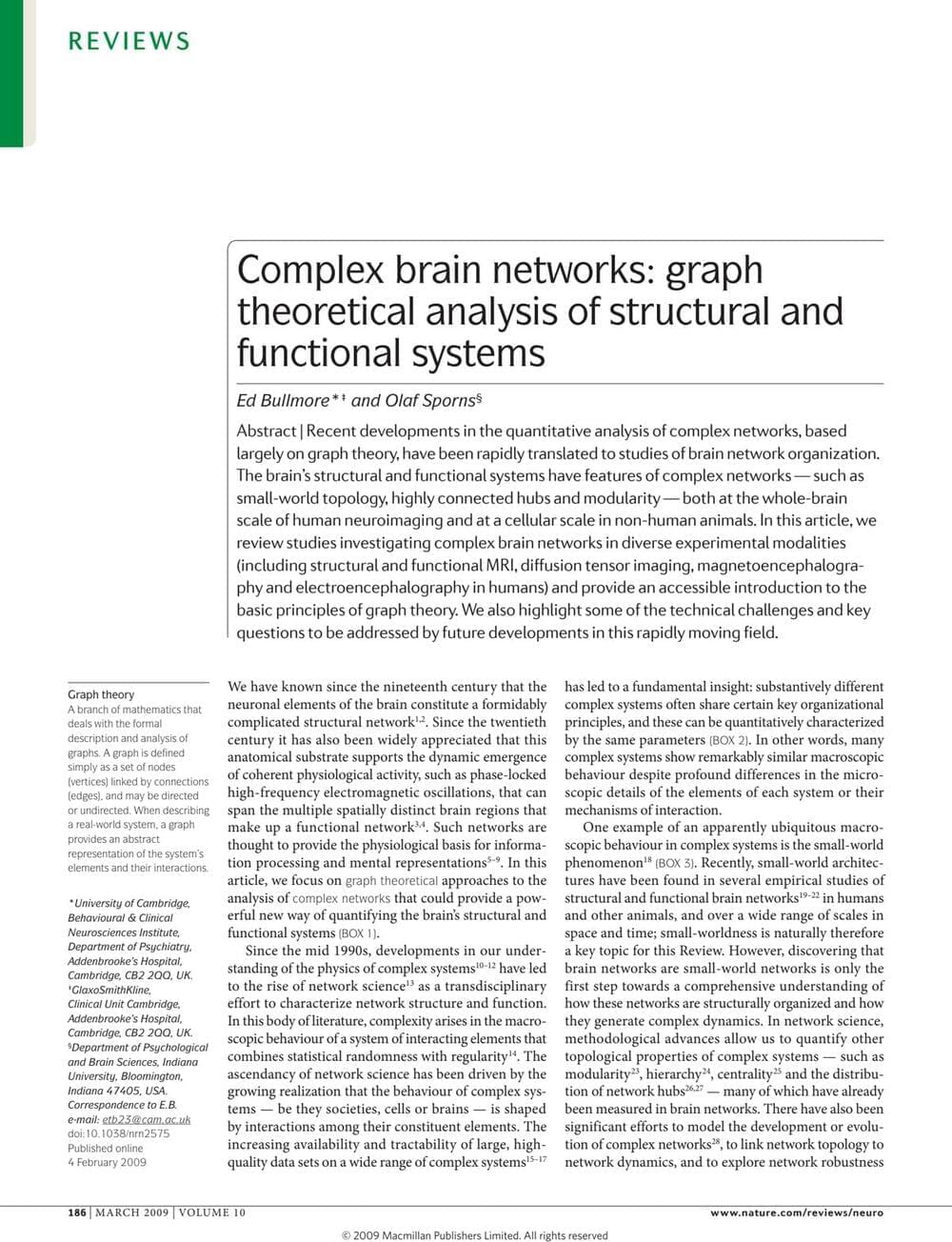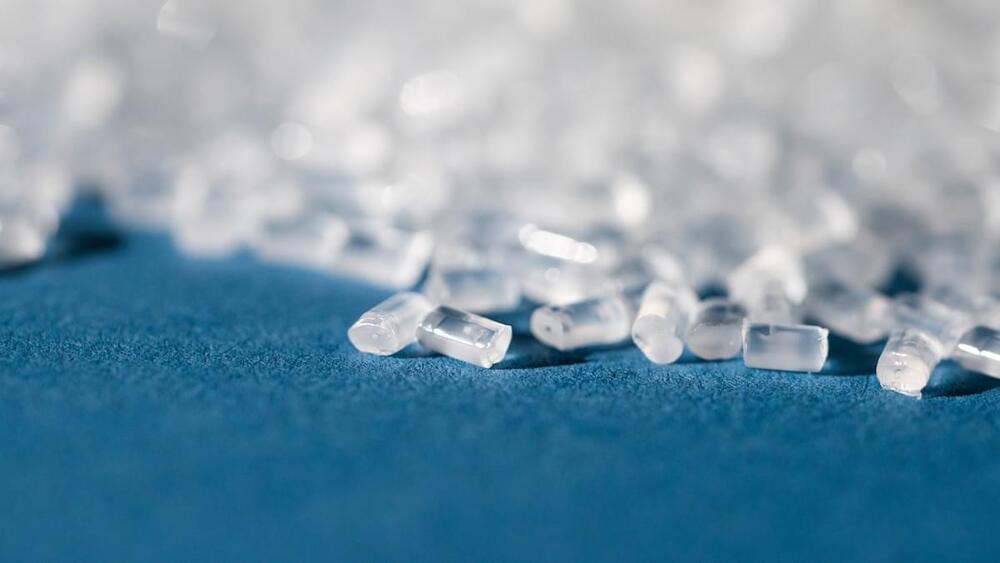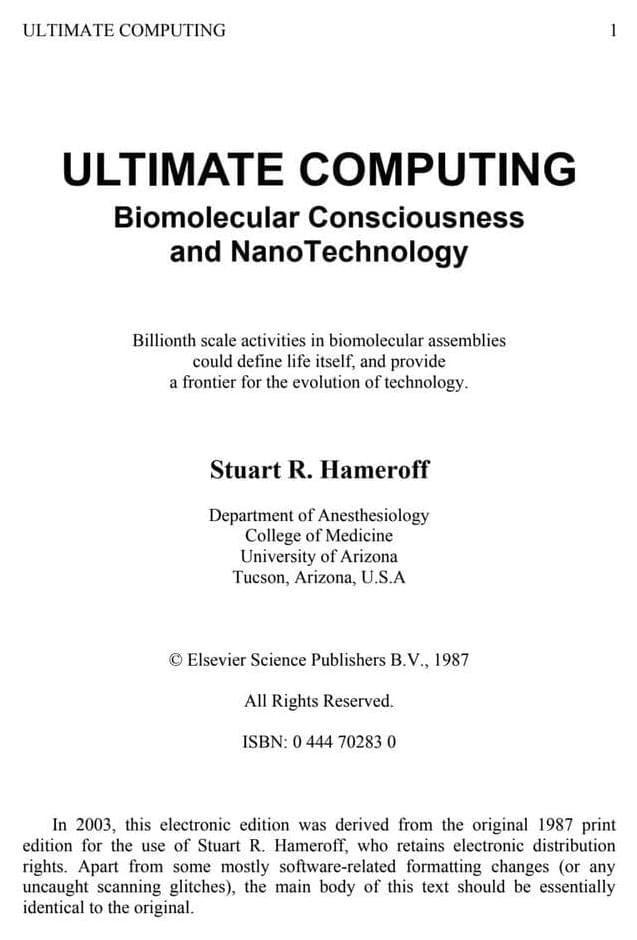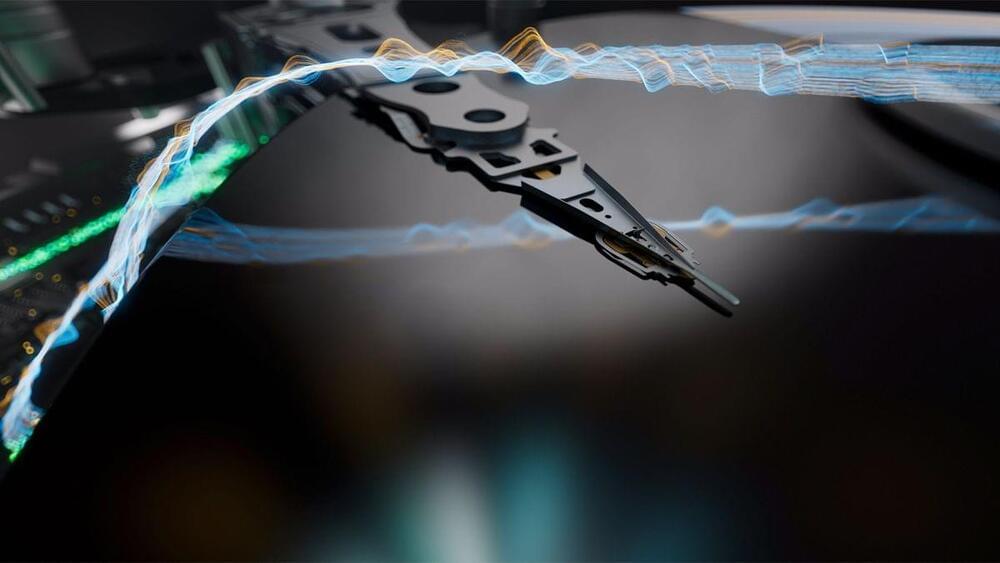Shared with Dropbox.


HELSINKI — Japan’s SLIM “Moon Sniper” spacecraft made a successful lunar landing Friday, making the country just the fifth to robotically land on the moon.
The Smart Lander for Investigating Moon (SLIM) spacecraft began its descent from a 15-kilometer perilune shortly after 10:00 a.m. Eastern, Jan. 19 (1500 UTC), decelerating from a speed of around 1,700 meters per second.
SLIM appeared to have successfully touched down at 10:20 a.m. (1520 UTC), during a Japan Aerospace Exploration Agency (JAXA) livestream of the event. It was not however immediately clear if the landing was successful, with the livestream ending inconclusively. A wait of more than an hour followed for clarification and confirmation.

The full recording of Parnia’s Lab’s premiere film, Rethinking Death: Exploring What Happens When We Die. In Rethinking Death, scientists, physicians, and survivors of cardiac arrest explore the liminal space between life and death, breaking down these stunning scientific breakthroughs to tell the remarkable, scientific story of what happens after we die.
Special thank you to Stellaris Productions, New York University Grossman School of Medicine, and of course, the researchers and survivors without whom this story could not be told:
Dr. Robert Montgomery.
Dr. Sam Parnia.
Dr. Lance Becker.
Dr. Tom Aufderheide.
Dr. Stephan Mayer.
Dr. Samuel Tisherman.
Alysson Muotri.
Dr. Lindsay Gurin.
Dr. Bruce Greyson.
Dr. Mary Neal.
Jeffery Olsen.
Rachel Finch.
Dr. Anthony Bossis.
Dr. Megan Craig.
Dr. Donald Hoffman.
Dr. Joseph Lowy



Using AI and cloud computing, Microsoft was able to identify promising new battery materials for the Department of Energy (DoE) — in a fraction of the time it would usually take.
The challenge: Batteries are an essential part of the clean energy future. We need them to power electric vehicles and to store energy from solar and wind.
Currently, lithium-ion batteries are our best option for both of these uses, but they aren’t ideal. Because lithium is relatively scarce, it’s also expensive, and the metal is often unethically mined using child labor and environmentally destructive processes.
What does it mean for space and time to be the same thing? Not related to each other, but literally two descriptions of precisely the same entity: \.
A Visual Model of Space and Time linking Gravity, Dark Energy, Black Holes, and Inertia.